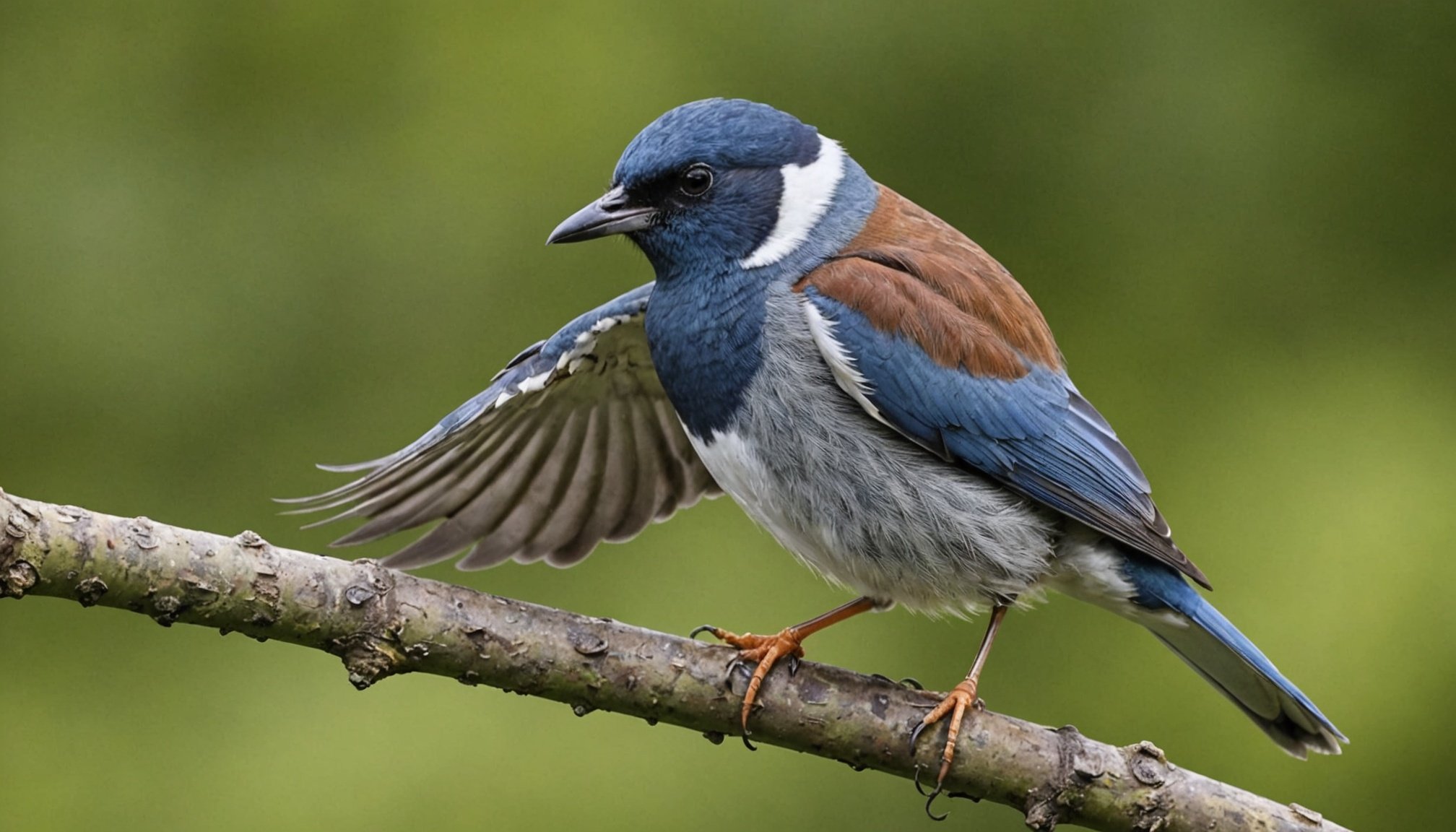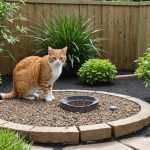Mastering Rare Bird Sightings in the UK: The Ultimate Guide with Essential Tips and Best Practices
Understanding the UK’s Birding Landscape
The UK is a paradise for bird enthusiasts, with its diverse landscapes and climates supporting a wide range of bird species. From the rugged coastlines of Scotland to the rolling hills of the Cotswolds, each region offers unique opportunities for spotting rare and endemic birds.
Key Birding Hotspots
When it comes to rare bird sightings, certain locations stand out for their exceptional biodiversity and habitat quality.
Dans le meme genre : Groundbreaking discoveries: uk researchers reveal insights into urban hedgehog population trends
- Scotland: Known for its seabird colonies and vast coastlines, Scotland is a haven for birders. The Scottish crossbill, sea eagle, and white-tailed eagle are just a few of the special species you can spot here[2].
- Cotswolds: This picturesque region is home to a variety of habitats, including ancient forests, meadows, and farmland. The Cotswold Falconry Centre, for instance, offers a chance to see over 150 birds from 60 different species, including falcons, hawks, and eagles[1].
Preparing for Your Birding Adventure
Before you head out into the field, it’s crucial to be well-prepared. Here are some essential tips to help you make the most of your birding day.
Equipment and Gear
Having the right equipment can make a significant difference in your birding experience.
A lire en complément : Enhancing urban biodiversity: the transformative role of rooftop gardens in the uk
- Binoculars: A good pair of binoculars is indispensable for birding. Look for waterproof and fog-proof models with good magnification (7x or 8x) and a wide field of view.
- Field Guide: A comprehensive field guide, such as the “Collins Bird Guide” or “The RSPB Handbook of British Birds,” will help you identify species and understand their habits.
- Camera: For bird photography, a camera with a good telephoto lens (at least 200mm) and image stabilization is ideal.
Planning Your Day
Effective planning can increase your chances of spotting rare birds.
- Check Local Reports: Use social media, birding forums, and local birding groups to stay updated on recent sightings.
- Choose the Right Time: Early morning and late afternoon are usually the best times for birding, as birds are most active during these periods.
- Join a Guided Tour or Workshop: Participating in a guided birding tour or workshop can be incredibly beneficial, especially for beginners. These tours are often led by experienced birders who know the best locations and times for spotting specific species.
Best Practices for Birding
Here are some best practices to ensure you have a successful and enjoyable birding experience.
Respect the Birds and Their Habitat
- Keep a Safe Distance: Avoid disturbing the birds by keeping a safe distance. This is especially important for nesting sites and sensitive habitats.
- Follow Local Guidelines: Adhere to any guidelines or rules provided by nature reserves or national parks. For example, the National Trust often has specific rules to protect the wildlife and habitats within their sites[1].
Enhance Your Identification Skills
- Use Field Guides and Apps: In addition to your field guide, consider using birding apps like the RSPB Bird Identifier or iBird Pro to help with identification.
- Attend Workshops and Training: Participate in bird identification workshops or training sessions to improve your skills. These can be particularly helpful for learning about bird calls, plumage variations, and behavioral patterns.
Top Tips for Spotting Rare Birds
Spotting rare birds often requires a combination of knowledge, patience, and luck. Here are some top tips to increase your chances.
Know Your Habitat
Different species are associated with specific habitats. For example:
- Wetlands: These are great for spotting waterfowl, waders, and birds of prey like the osprey.
- Woodlands: Ancient forests like those in the Cotswolds are home to species such as the tawny owl and the goshawk.
Be Patient and Persistent
Rare bird sightings often require spending hours in the field, waiting and observing.
- Bring Comfortable Gear: Make sure you have comfortable clothing, binoculars, and a field guide to keep you company during long observation periods.
- Stay Alert: Keep your eyes and ears open for any signs of bird activity. Listening to bird calls can be as important as looking for visual signs.
Essential Birding Locations in the UK
Here are some of the best locations for spotting rare birds in the UK:
Scotland
| Location | Key Species |
|---|---|
| Isle of Mull | White-tailed eagle, golden eagle, puffins |
| Cairngorms National Park | Capercaillie, dotterel, snow bunting |
| Outer Hebrides | Corncrake, red-necked phalarope, Arctic tern |
Cotswolds
| Location | Key Species |
|---|---|
| Hidcote Manor Gardens | Various garden birds, including rare migrants |
| Cotswold Falconry Centre | Over 150 birds from 60 species, including falcons and eagles |
| Broadway Tower Estate | Birds of prey, including kestrels and buzzards |
Other Notable Locations
| Location | Key Species |
|---|---|
| Norfolk Broads | Bittern, marsh harrier, bearded tit |
| New Forest | Goshawk, honey buzzard, Dartford warbler |
| Isles of Scilly | Seabirds, including puffins and shearwaters |
Conservation Efforts and Their Impact
Bird conservation is crucial for maintaining healthy bird populations and habitats.
The Role of Wildlife Trusts
Organizations like the Wildlife Trust and the RSPB play a vital role in conservation efforts.
- Habitat Protection: These organizations work to protect and restore natural habitats, which are essential for bird survival.
- Research and Monitoring: Continuous research and monitoring help in understanding bird populations and identifying areas that need conservation efforts.
How You Can Help
Every individual can contribute to bird conservation:
- Support Local Conservation Groups: Join or donate to local wildlife trusts and conservation groups.
- Participate in Citizen Science Projects: Many organizations offer opportunities for the public to participate in bird surveys and monitoring projects.
- Spread Awareness: Share your birding experiences and the importance of conservation on social media to raise awareness.
Bird Photography Tips
For those interested in bird photography, here are some tips to help you capture stunning images.
Understanding Your Camera
- Know Your Equipment: Familiarize yourself with your camera’s settings, especially the autofocus and burst mode, which are crucial for capturing birds in flight.
- Use the Right Lens: A telephoto lens with image stabilization is essential for bird photography.
Tips for Photographing Birds
- Be Patient: Wait for the right moment to capture the bird’s behavior or a unique pose.
- Respect the Bird: Keep a safe distance to avoid disturbing the bird. This not only helps in getting better shots but also ensures the bird’s well-being.
Mastering rare bird sightings in the UK is a rewarding and challenging hobby that requires a blend of knowledge, skill, and patience. By understanding the best locations, preparing the right equipment, and following best practices, you can enhance your birding experiences.
As one experienced birder noted, “The thrill of spotting a rare bird is unmatched. It’s not just about seeing the bird; it’s about understanding its habitat, its behavior, and the conservation efforts that protect it.”
Whether you’re a seasoned birder or just starting out, the UK offers a wealth of opportunities to connect with nature and contribute to the conservation of our precious wildlife.
Additional Resources
For further reading and to deepen your knowledge, here are some recommended resources:
- “The RSPB Handbook of British Birds”: A comprehensive guide to the birds of Britain, covering identification, habits, and conservation status.
- “Birds of the UK and Ireland” by Jim Flegg: A detailed field guide with excellent photographs and descriptions.
- “Bird Photography: From Snapshots to Great Shots” by David Tipling: A practical guide to improving your bird photography skills.
By combining these resources with your own experiences and the tips outlined above, you’ll be well on your way to mastering the art of spotting rare birds in the UK.











